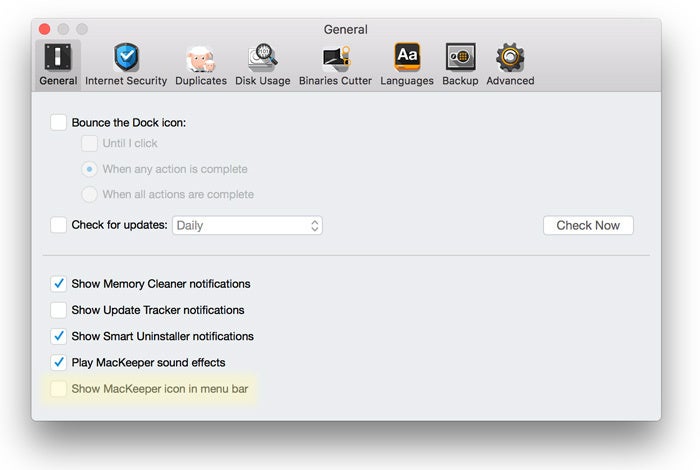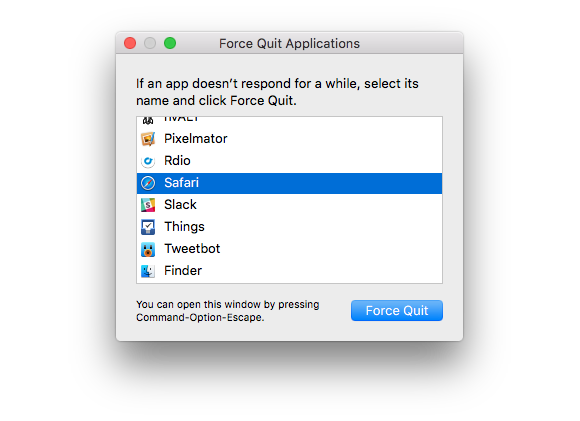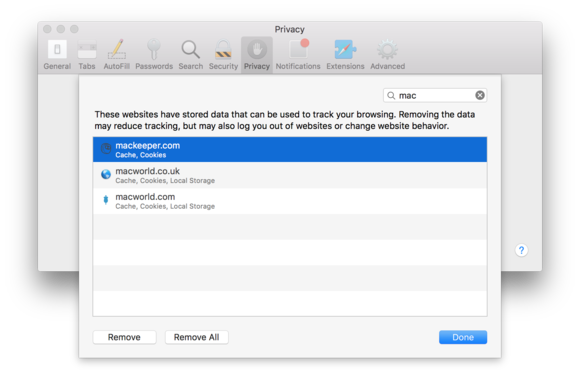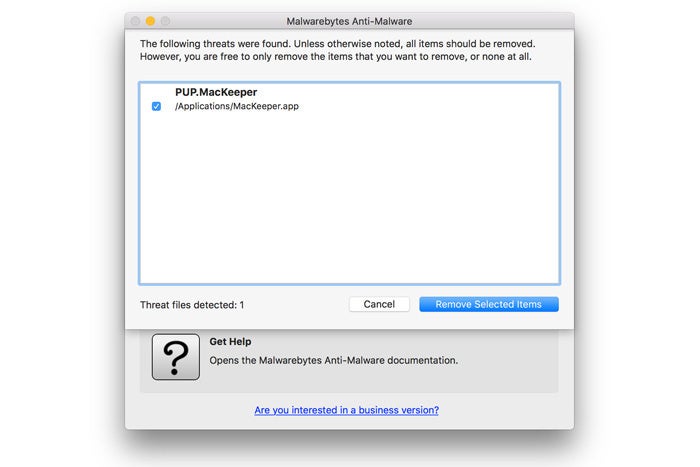How To Remove MacKeeper
Apple Customer Service Provides Free Support For MacKeeper Uninstall issues.
Apple Customer Service Will Use MacKeeper Uninstall Tool To Remove MacKeeper Completely From Your MacBook.
Call Official Apple Support( MAC) Toll Free Number :
1-800-315-2494 ( US & Canada )
It is The Best Way To Remove MacKeeper From Your MacBook
Versions of MacKeeper made in the last couple of years are actually pretty easy to uninstall, but the process isn’t entirely straightforward. If you click on the MacKeeper menu in the Mac’s menu bar you won’t find a Quit command, which might lead you to believe that it can’t be quit. Force-quitting doesn’t seem to work either.
To remove the MacKeeper icon from the menu bar, launch the MacKeeper app in the Applications folder. Click on the MacKeeper menu and then select Preferences. Then click on the General tab and uncheck the box for “Show MacKeeper icon in menu bar.”
Now you can quit MacKeeper. If this is your first time running it, no, you don’t have to activate MacKeeper or sign on for any of its services. Just choose Quit from the MacKeeper application menu.
To start the uninstallation, drag the MacKeeper app to the Trash. You may be prompted for your administrator’s password. Enter it and the MacKeeper app will move to the Trash and a window will pop up and offer to uninstall the rest of its components. Click the Uninstall MacKeeper button (don’t bother selecting an option about why you’re doing so if you don’t care to). This should remove most of the files MacKeeper placed on your hard drive.
But not all of them. Although the window tells you that all MacKeeper-related processes will be deleted, one crumb might remain.
A MacKeeper Helper folder isn’t removed. You can find it by visiting this location: ~/Library/Application Support. (To access this Library folder, hold down the Option key and, in the Finder, choose Go > Library.) Inside this MacKeeper Helper folder is a NoticeEngine.plugin file. Go ahead and toss the MacKeeper Helper folder and this file will disappear right along with it. Empty the Trash, restart your Mac, and MacKeeper will be gone. If you don’t see the MacKeeper Helper folder, don’t worry about it—it’s only bad if it’s there.
While we’re making sure the uninstaller got everything, here’s a few more places to check. The most recent version of MacKeeper as of this writing (3.13.6) did get all of these on the uninstall, but it’s still smart to double-check.
- ~/Library/Caches/com.mackeeper.MacKeeper
- ~/Library/Caches/com.mackeeper.MacKeeper.Helper
- ~/Library/LaunchAgents/com.mackeeper.MacKeeper.Helper.plist
- ~/Library/Application Support/MacKeeper Helper
- ~/Library/LaunchDaemons/com.mackeeper.MacKeeper.plugin.AntiTheft.daemon.plist
Now just empty the Trash and vow to stay far, far away from MacKeeper forever and ever.
Pop go the pop-ups
If you downloaded MacKeeper “legitimately” (as in, from MacKeeper.com), it’s possible you aren’t seeing a ton of pop-up and pop-under ads in your browser. But if you happened to pick up MacKeeper from downloading software through a third-party clearinghouse, your browsers may be infected by insidious ads that harass you to install MacKeeper and basically won’t let you do anything else. It’s the worst. But you can make it go away.
First, quit Safari. Even this might be harder than just pressing Command-Q. If a bunch of pop-ups keep appearing that don’t go away when you click OK or Cancel, you’ll have to force-quit Safari by pressing Command-Option-Escape, choosing Safari in the list, and clicking Force Quit. Now if you relaunch Safari the normal way, those pop-ups will come right back, so instead, launch it while holding down Shift to prevent the last session’s windows from reloading.
Now look for extensions and cookies MacKeeper has stashed on your system. In Safari, go to Safari > Preferences > Extensions, and remove anything you don’t remember installing. (If you’re using macOS Sierra and you go to the Extension tab in Safari, you may see a message that says, “Extensions can be enabled in the Develop menu.” Click on the Advanced tab and then check the box for “Show Develop menu in menu bar.” Then go back to the Extensions tab.)
Next, pop over the Privacy tab, and either click Manage Website Data and search for MacKeeper to remove just MacKeeper’s cache and cookies.
In Chrome, go to Chrome > Preferences, then click Extensions in the menu on the far left. Again, if you see extensions you didn’t install, click the trash can icon to the right to get rid of it. In the Settings menu, scroll down and clickShow Advanced Settings, then click the Clear Browsing Data button under the Privacy heading. In the pop-up menu, check the box for “Cookies and other site and plugin data,” and click the “Clear browsing data” button.
The easy way
If that doesn’t get it all, try Malwarebytes Anti-Malware for Mac, which is a new version of the trusted AdwareMedic utility that scans your Mac for known adware. Run a scan and check the boxes by anything you want to delete. It’ll find the MacKeeper app and all its various parts wherever they are on your system.
Did that fix it for you? MacKeeper can be tricky to fully eradicate if you have an older version, perhaps one that was bundled with something you did want to install, since the parent company used to have a generous affiliate program that incentivized sites to shove it at you whether you wanted it or not. If you are still having problems, read How to remove MacKeeper Part II (the pop-up edition).





